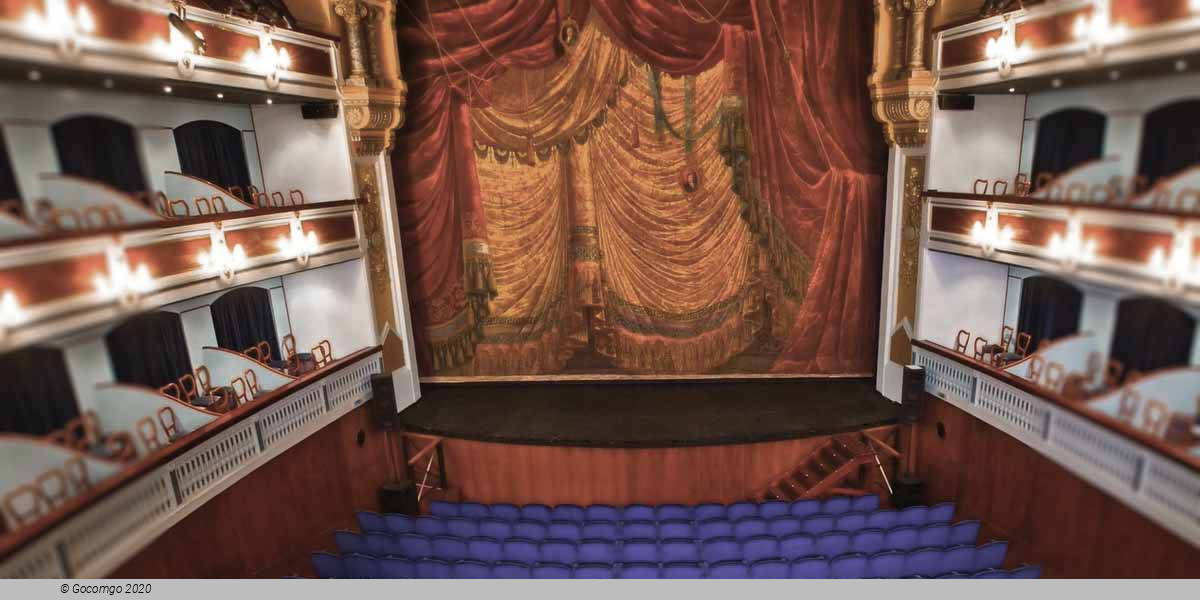Venues in Castellón de la Plana

Castellón de la Plana, Castelló de la Plana (official), or simply Castellón or Castelló, is the capital city of the province of Castellón, in the Valencian Community (Spain). It is located in the east of the Iberian Peninsula, on the Costa del Azahar by the Mediterranean Sea. The mountain range known as Desert de les Palmes rises inland north of the town.
History
The town inherited the name from a Moorish castle on the top of the hill of Magdalena (the Castle of Fadrell), a ḥiṣn dominating over a demarcation roughly consisting of the current-day municipalities of Castellón and Almassora. The area capitulated to James I of Aragon in 1233. This was followed by a series of attempts to create new settlements in the area starting with the alqueria of Benimahomet, the first Christian project to leave the castle, with mixed results. Following the 1247 mudéjar revolt, James I decreed the expulsion of the mudéjares from the area in 1248. The current settlement was however not founded until the 1250s, after James I, on 8 September 1251, granted Ximén Pérez d'Arenós a privilege authorising him to move from the castle to a new unspecified place in the plains (plana). Tradition claims that the move was completed by the third Sunday of Lent, 1252.
During the Middle Ages, the city was protected by moats, walls and towers, and a church was built, later becoming a cathedral.
In the 16th century the town was one of the last strongholds in the Revolta de les Germanies (local guilds). It also supported Archduke Charles of Austria in the War of the Spanish Succession (1701–14), but was later taken by the troops of Philip d'Anjou.
In the 19th century, the city walls were torn down and it slowly began to expand, a process interrupted by the War of Independence against Napoleon (1804–14) and the Carlist Wars (1833–63). In 1833 Castelló became the capital of the newly constituted province. In the second half of the 19th century, the city again began to expand, marked by the arrival of the railway, the enlargement of the port and the construction of representative buildings (Provincial Hospital, Casino, Theater) and parks.
In 1991 a university (Jaume I University) was established, set upon a modern campus. The local economy is based on industry, tourism and craft-work.


